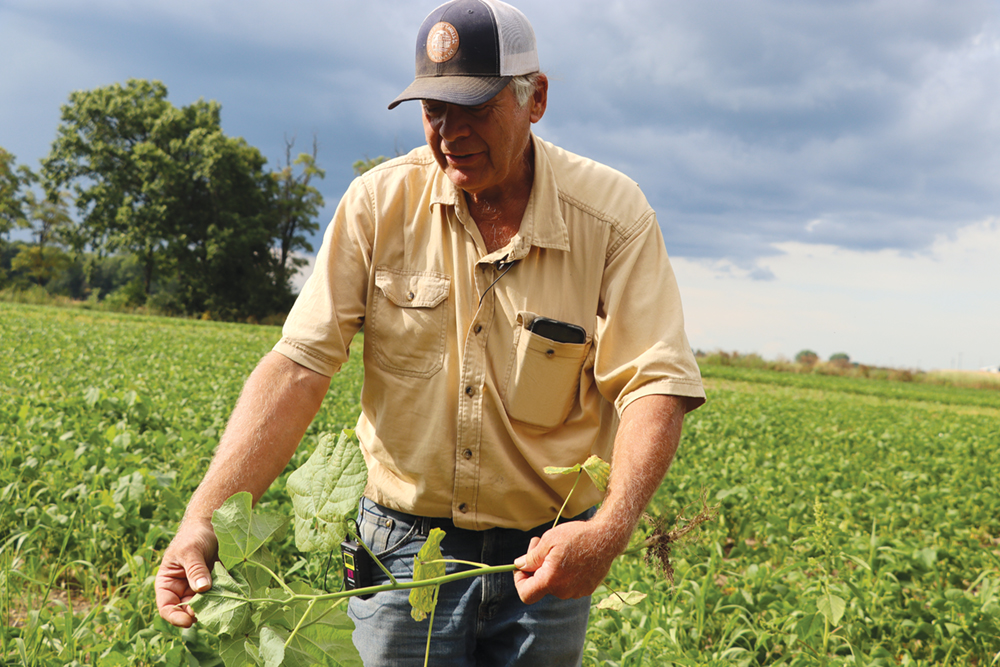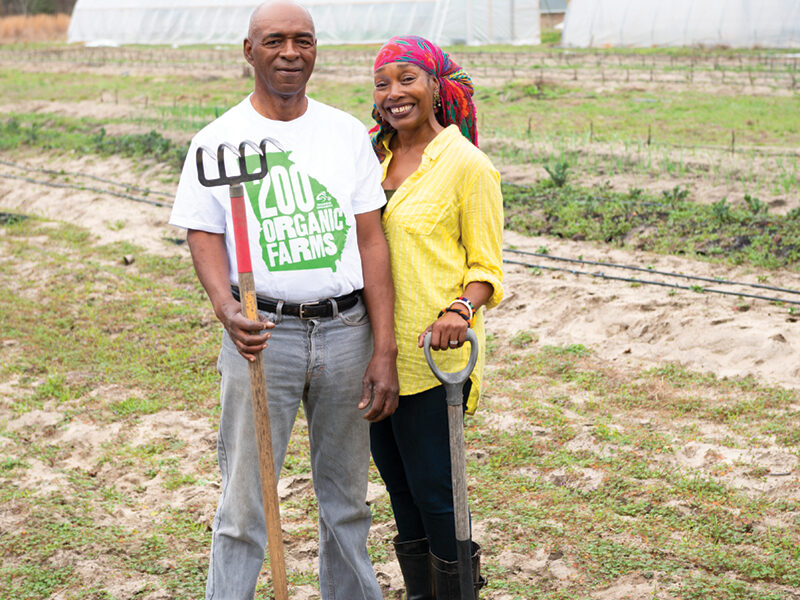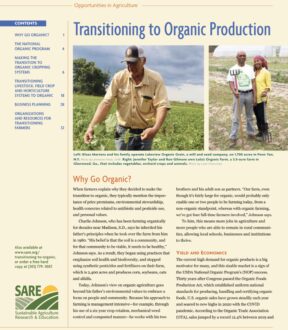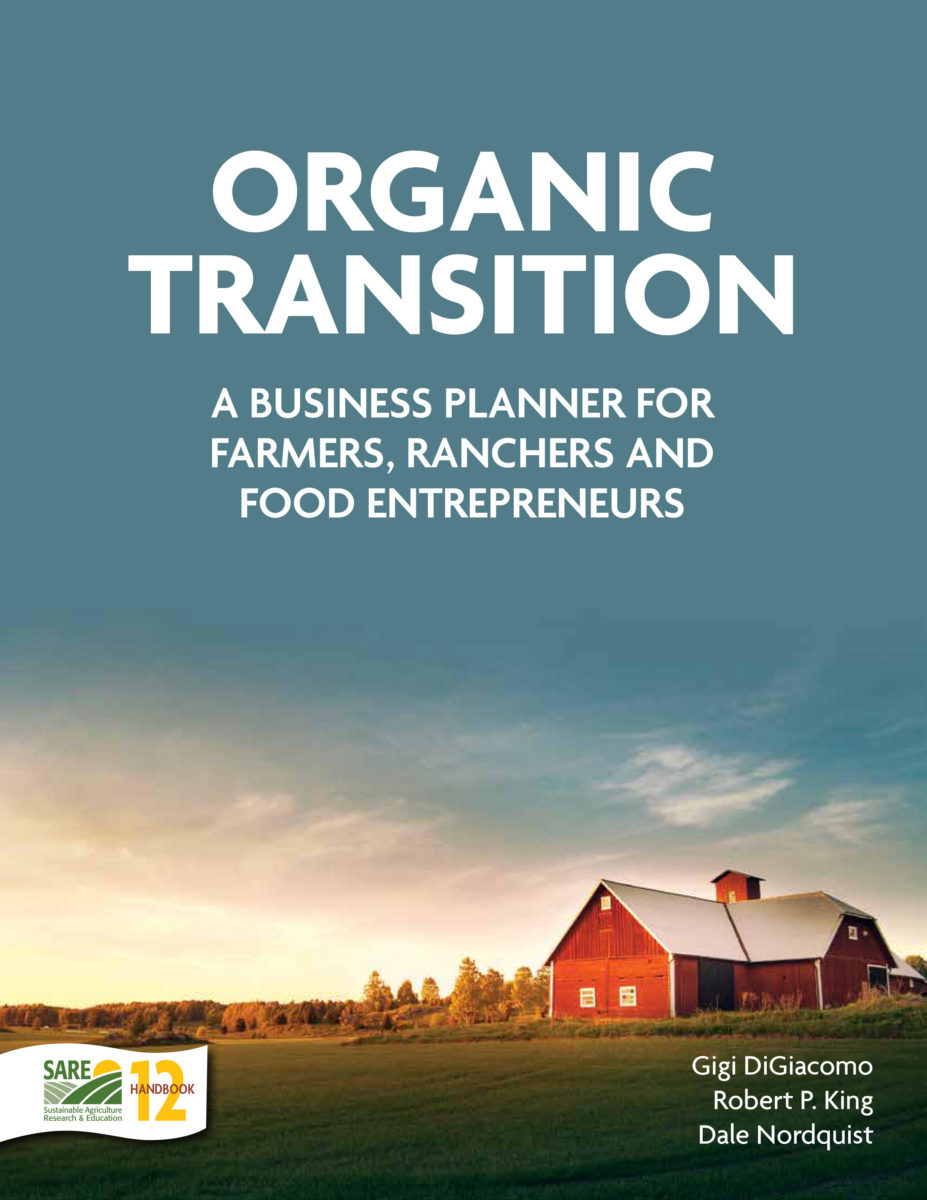Farmers and ranchers decide to pursue organic certification for many personal, financial and environmental reasons. This publication introduces you to the requirements of the USDA National Organic Program and outlines many of the key strategies producers use to make their three-year transition to organic production a successful one. It discusses the practice areas common to all organic systems, such as:
- crop rotation
- cover cropping
- addition of organic fertility sources
- disease prevention
- integrated pest and weed management
- conservation tillage
- soil management
- incorporation of biodiversity
Transitioning to Organic Production also includes sections on transitioning strategies relevant to specific systems, including livestock, field crop and horticulture operations. The publication also includes information about general transition strategies, available resources, business planning and risk management.



